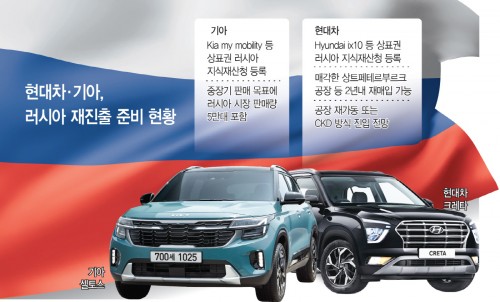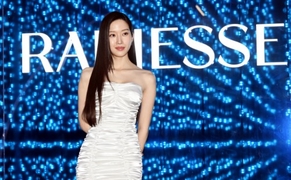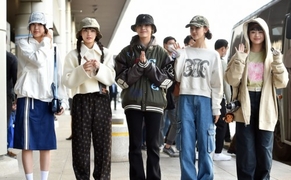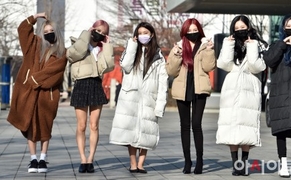 |
Hyundai Motor and Kia, once top-selling brands in Russia with annual sales exceeding 300,000 units, are reportedly reviewing detailed scenarios for reentering the market. The move comes as the U.S. and Russia are set to hold a summit that could open discussions on ending the war in Ukraine. Industry observers say that with U.S. tariff policies hitting profits hard, Russia could offer Hyundai Motor Group a much-needed turnaround opportunity.
According to industry sources on August 13, both companies are exploring multiple avenues for resuming sales in Russia, including trademark registrations and possible reuse of local plant assets. In May, Hyundai registered three trademarks, including the Hyundai iX10, with Russia’s federal intellectual property office, while Kia registered five, including “Kia My Mobility.” Kia also included Russian sales in its 2030 targets at its 2025 CEO Investor Day in April.
Before their 2023 withdrawal due to the war, Russia was a highly lucrative market, with combined Hyundai and Kia sales of around 350,000 units annually. In 2021, Hyundai sold about 202,864 vehicles in Russia, accounting for roughly 5% of its global sales — second only to China among single-country markets. However, sales plunged to 90,110 in 2022 and further to 50,687 in 2023.
Over the same period, the share of U.S. sales in Hyundai’s total rose from 18% in 2021 to 28% last year. Yet, U.S. tariff measures cost the group 1.6 trillion won ($1.2 billion) in operating profit in the second quarter alone, making market diversification urgent.
A key factor in any return would be the potential repurchase of the group’s former St. Petersburg plant, which Hyundai sold for just 10,000 rubles (about 140,000 won) in 2023, with a buyback clause valid for two years. Regaining the plant could allow the use of trained local workers and established production systems, significantly reducing costs and time for reentry.
“Ultimately, the timing of the war’s end — possibly influenced by a summit between the two leaders — will be the most decisive factor,” said Lee Ho-geun, professor at Daedeok University’s Department of Future Automotive Studies. “Russia is too big and attractive a market to leave behind.” Kim Pil-soo, professor at Daelim University, echoed that sentiment, saying, “Once the war ends and financial sanctions are lifted, reentry is likely.”
One challenge is that Chinese brands have quickly filled the gap during the absence of global automakers, expanding their new-car market share from about 10% in 2021 to nearly 50% last year, largely by offering low-cost models. Still, some industry watchers believe Hyundai Motor Group retains strong competitive potential given that Chinese brands have yet to establish local production systems and that the St. Petersburg plant could give Hyundai an edge.
“Reclaiming market share after Chinese brands have moved in won’t be easy,” Lee noted. “However, used Hyundai and Kia vehicles entering Russia via Europe have seen sharp price increases recently, which clearly shows that the brands still enjoy strong local preference and trust.”
Most Read
-
1
-
2
-
3
-
4
-
5
-
6
-
7





















